Reviews of the exhibition Archive of Time
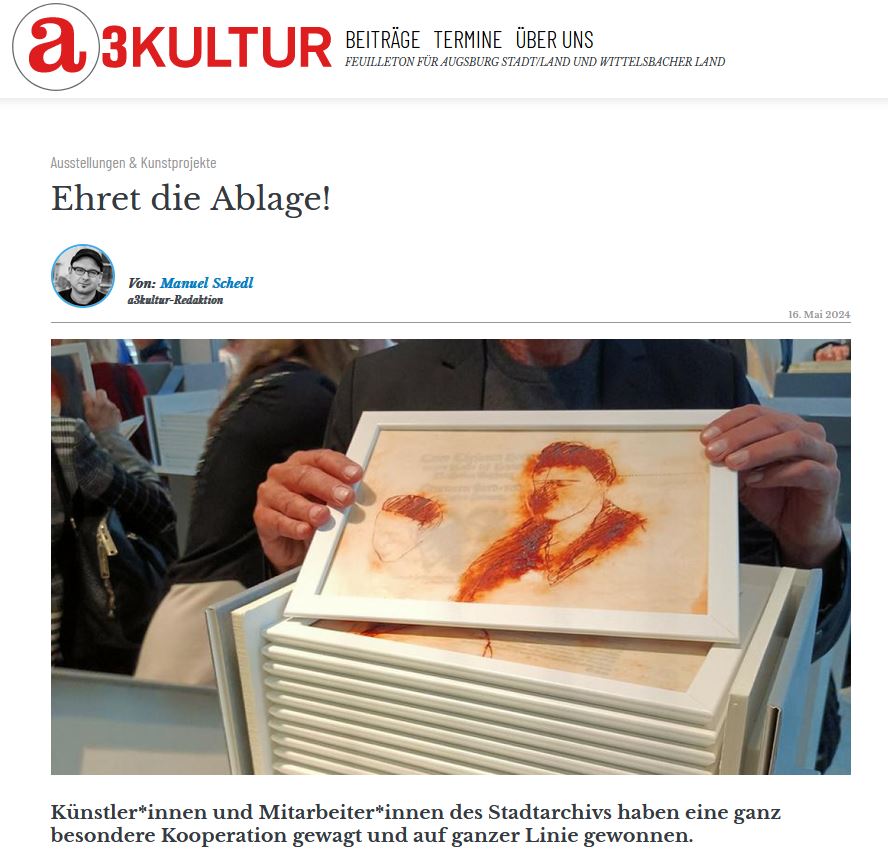

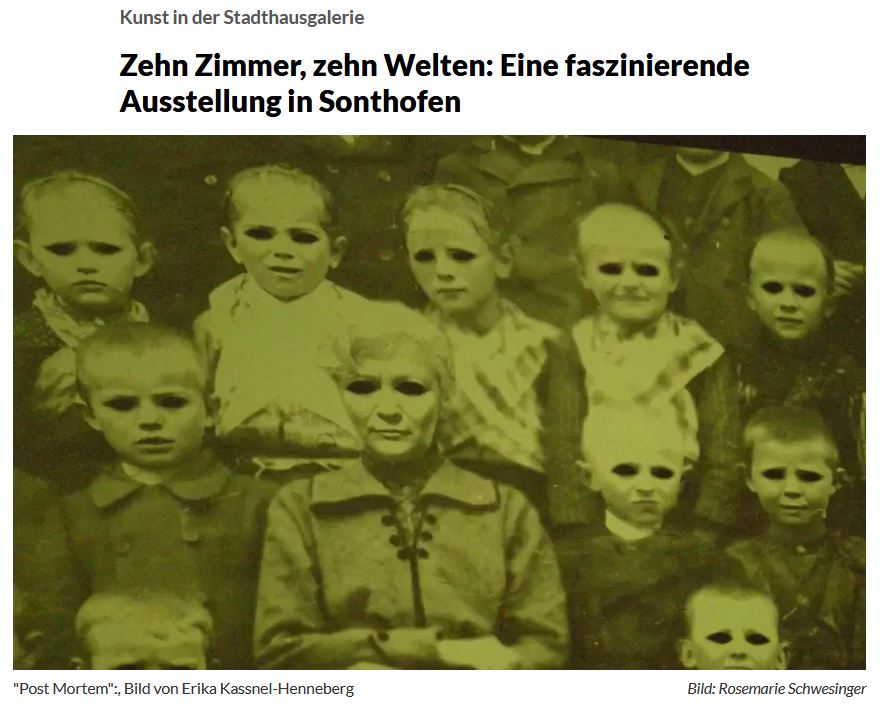
Rezension im Allgäuer Anzeigeblatt vom 28.02.2024: https://www.allgaeuer-zeitung.de/allgaeu/immenstadt/die-ausstellung-ein-zimmer-fuer-sich-allein-zeigt-in-sonthofen-einen-spannungsvollen-querschnitt-k_arid-707059

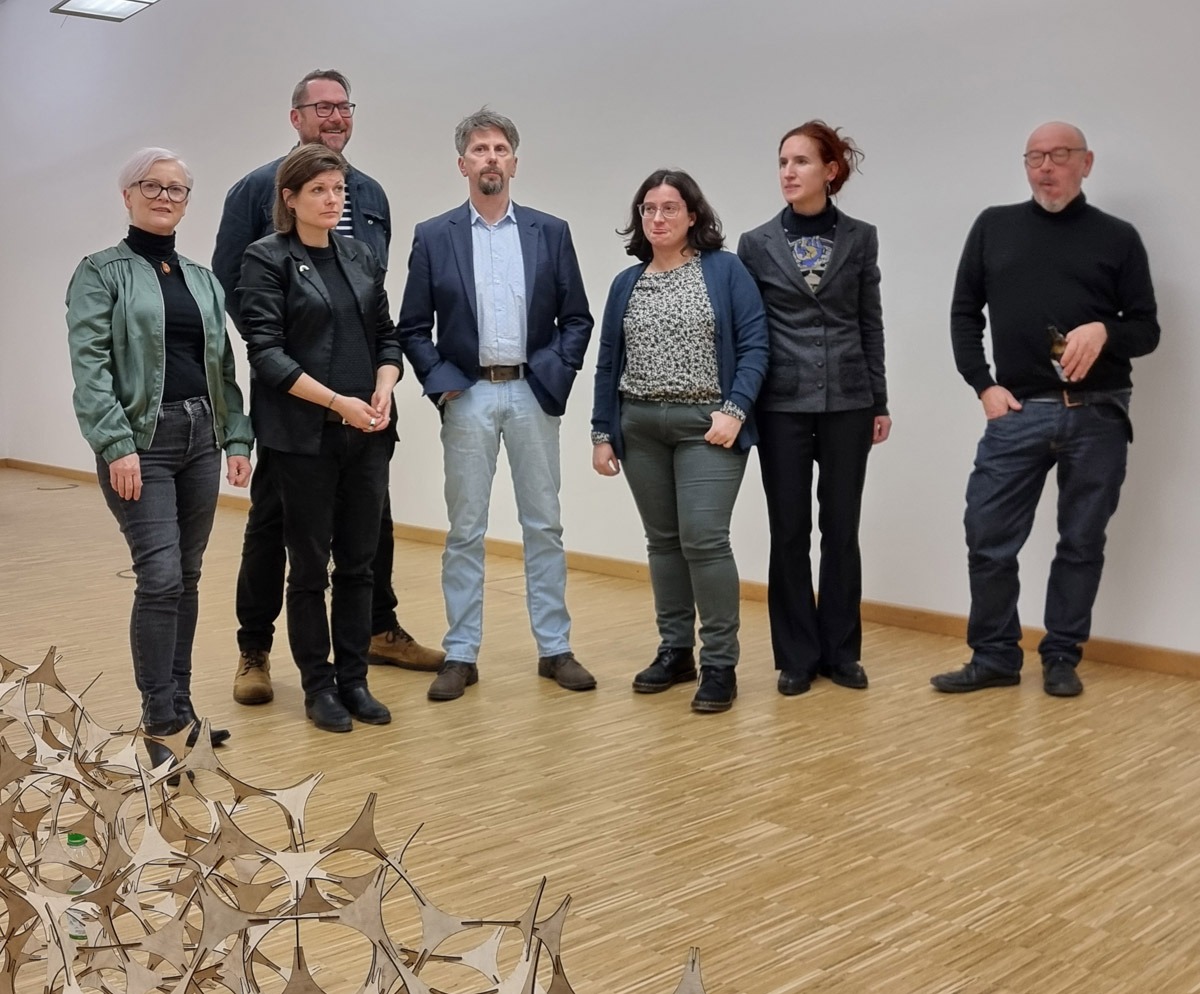
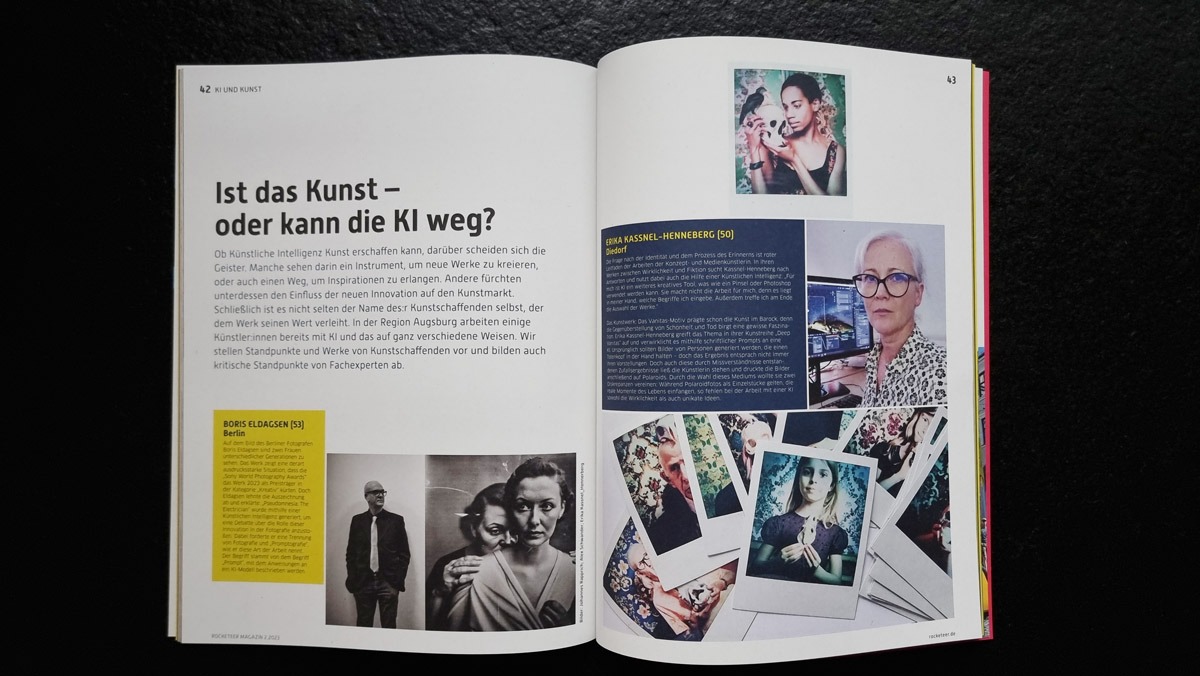
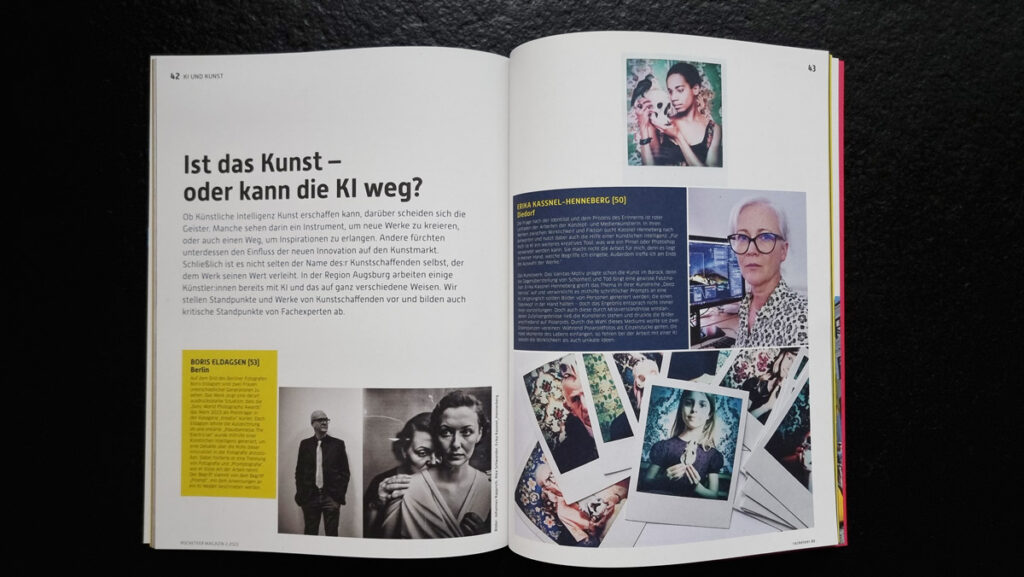

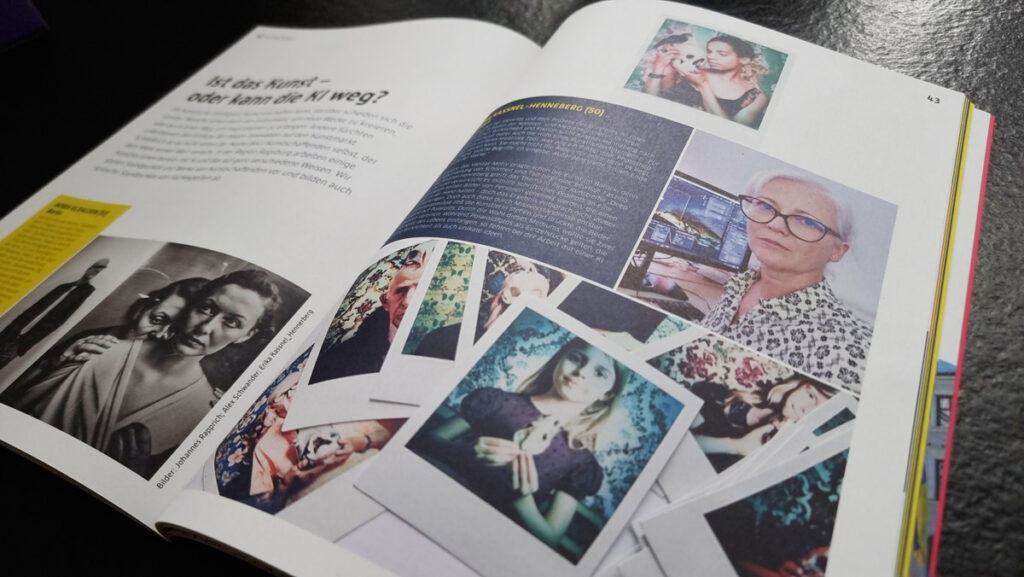

Rocketeer MAGAZIN 2/23, published at the end of 2023
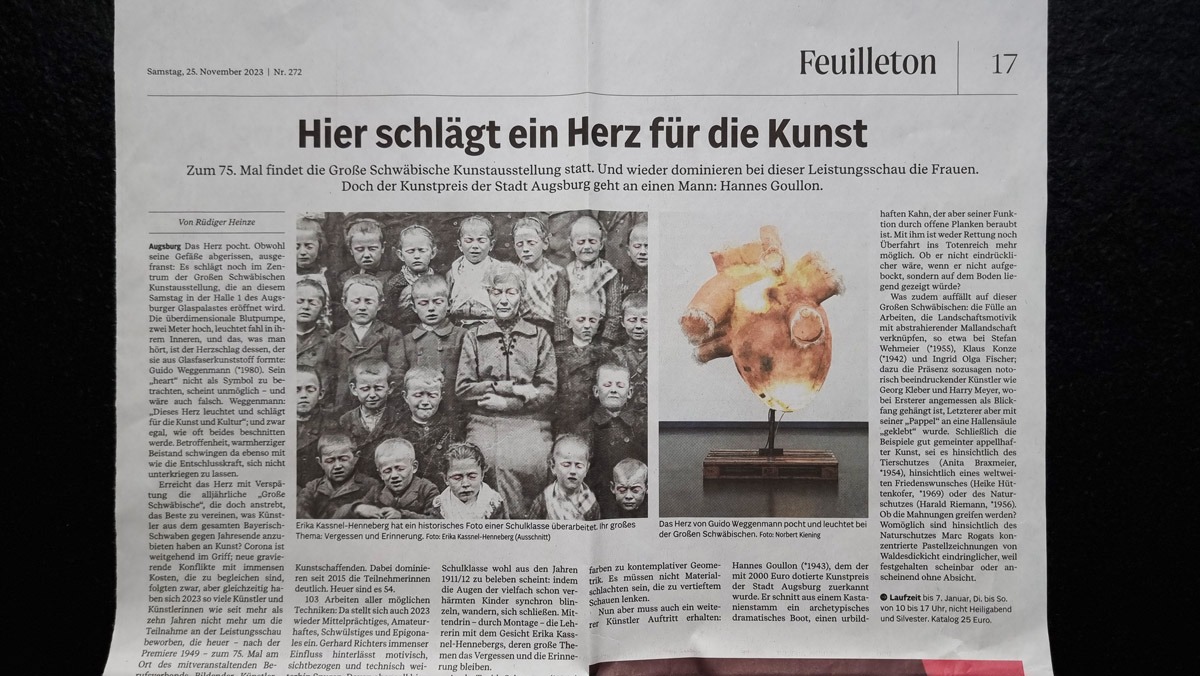
Press reviews of the 75th Swabian Art Exhibition
Hier schlägt ein Herz für die Kunst by Rüdiger Heinze, in: Augsburger Allgemeine, 25.11.2023
Konstant lebendig by Bettina Kohlen, in: a3kultur 01/2024
“Neuer Heimathafen” Umzug des Künstlerverbands und 75. Große Schwäbische Kunstausstellung, in: Augsburg Journal
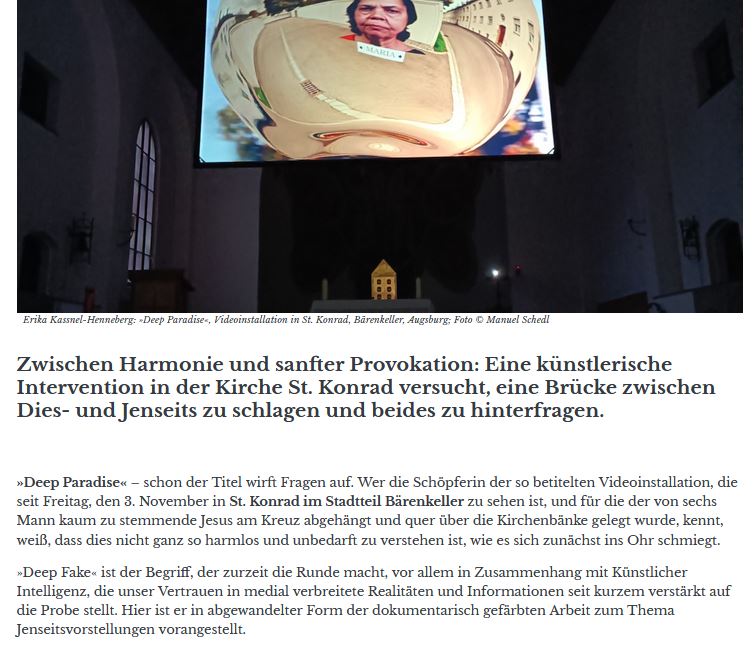
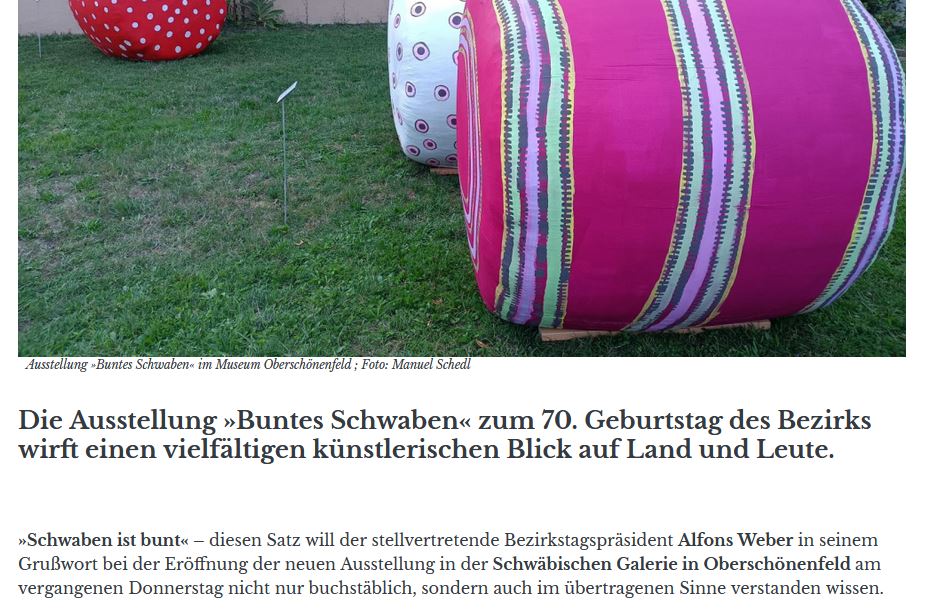

“(…) Erika Kassnel-Henneberg provides a roller coaster of emotions with her work “Postludium” (…) What locals may recognize as the historic Augsburg Gaswerk, at least at second glance, could trigger other associations for those not familiar with the area: The bare, barred rooms in black and white, pipelines and signage, right down to the forged advertising slogan above the gate, all evoke – intentionally or not – unpleasant memories. (…)” Manuel Schedl: Alles Bunte zum Geburtstag, A3 Kultur
Full article: https://a3kultur.de/positionen/alles-bunte-zum-geburtstag
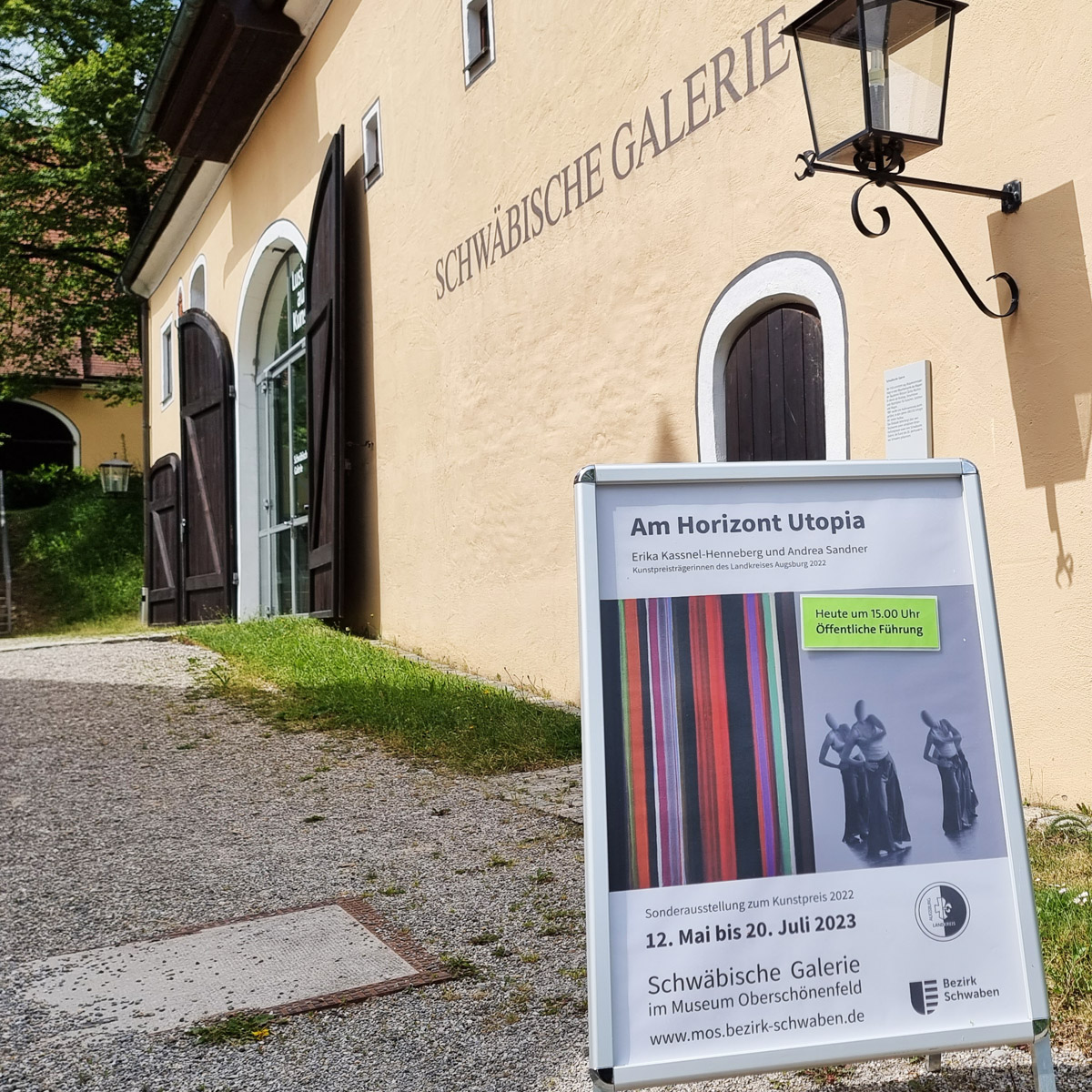
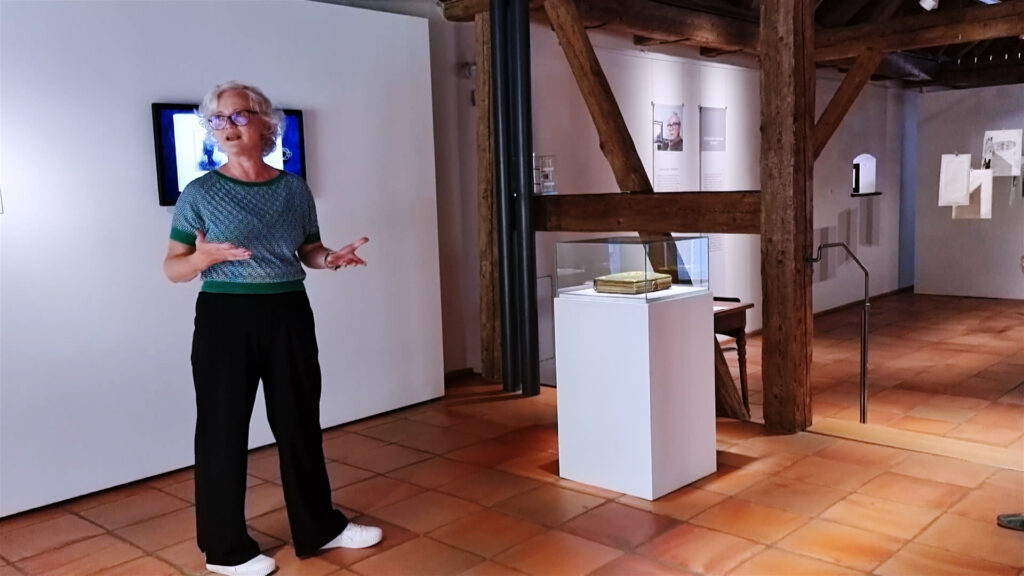

Sunday, 11.06.2023, 3 pm
Moderation: Dr. Gudrun Szczepanek
Swabian Galerie in the museum Oberschönenfeld
further events:
https://www.bezirk-schwaben.de
https://museen-in-bayern.de/ausstellungen/detail/museum-oberschoenenfeld/ausstellung/10567
https://landkreis-augsburg-kultur.de/sonderausstellung-zum-kunstpreis-2022-am-horizont-utopia-vom-12-mai-bis-2-juli-2023/
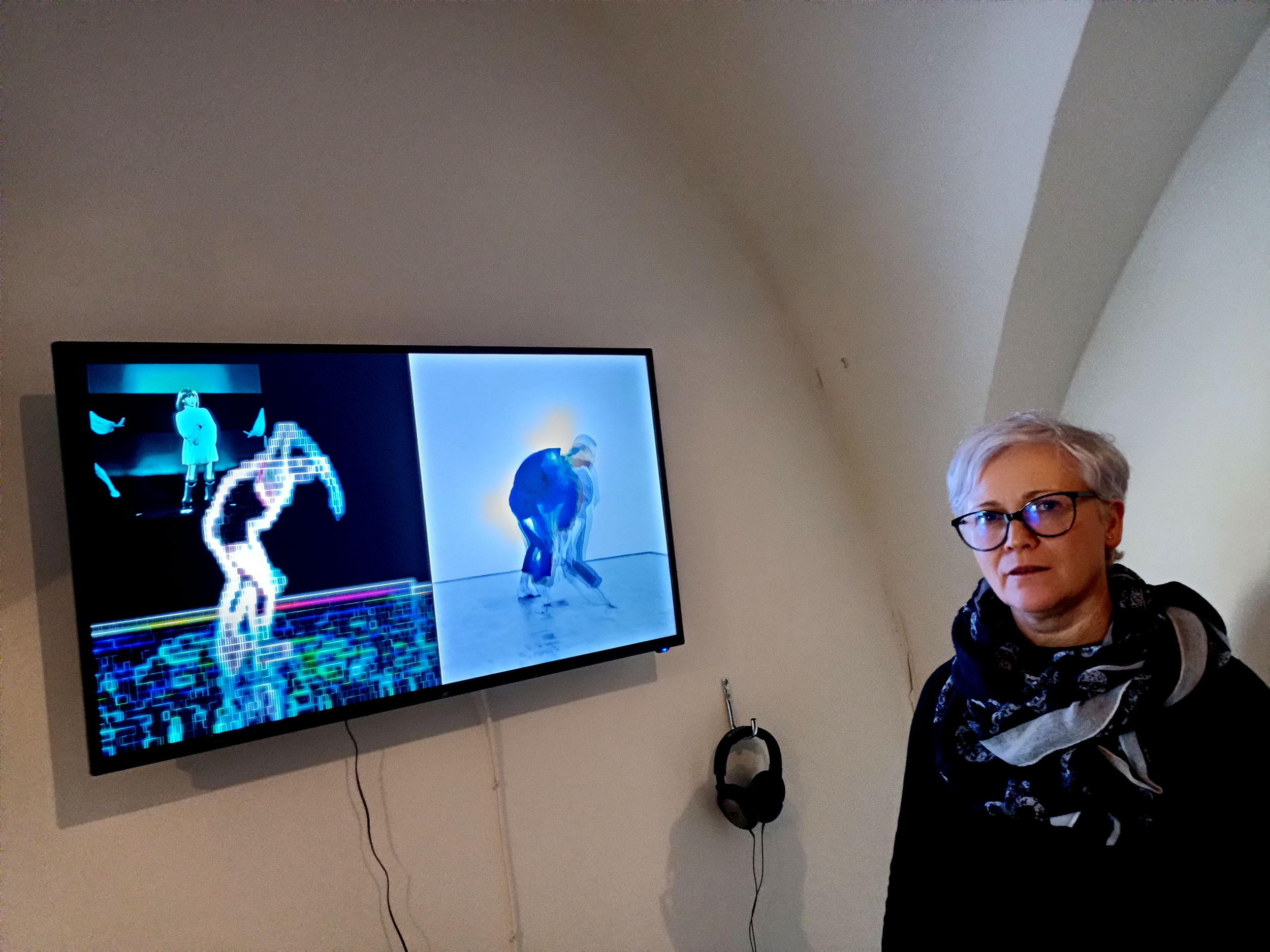
“(…)Can and may we bring people back to life through old photographs? Can we enjoy portraits of people who never existed? And do we still need people at all to perform human acts?
Erika Kassnel-Henneberg’s works do not provide answers, but they ask the right questions. (…)” Manuel Schedl, Nicht-Existenzen, A3 Kultur vom 13.02.2023
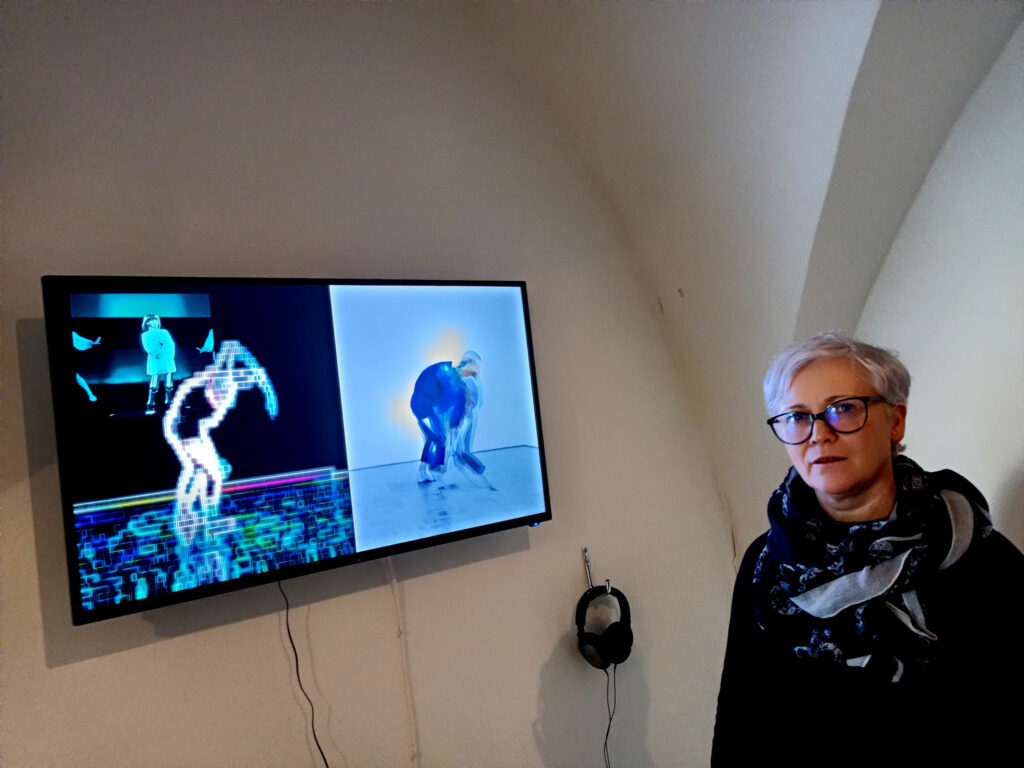
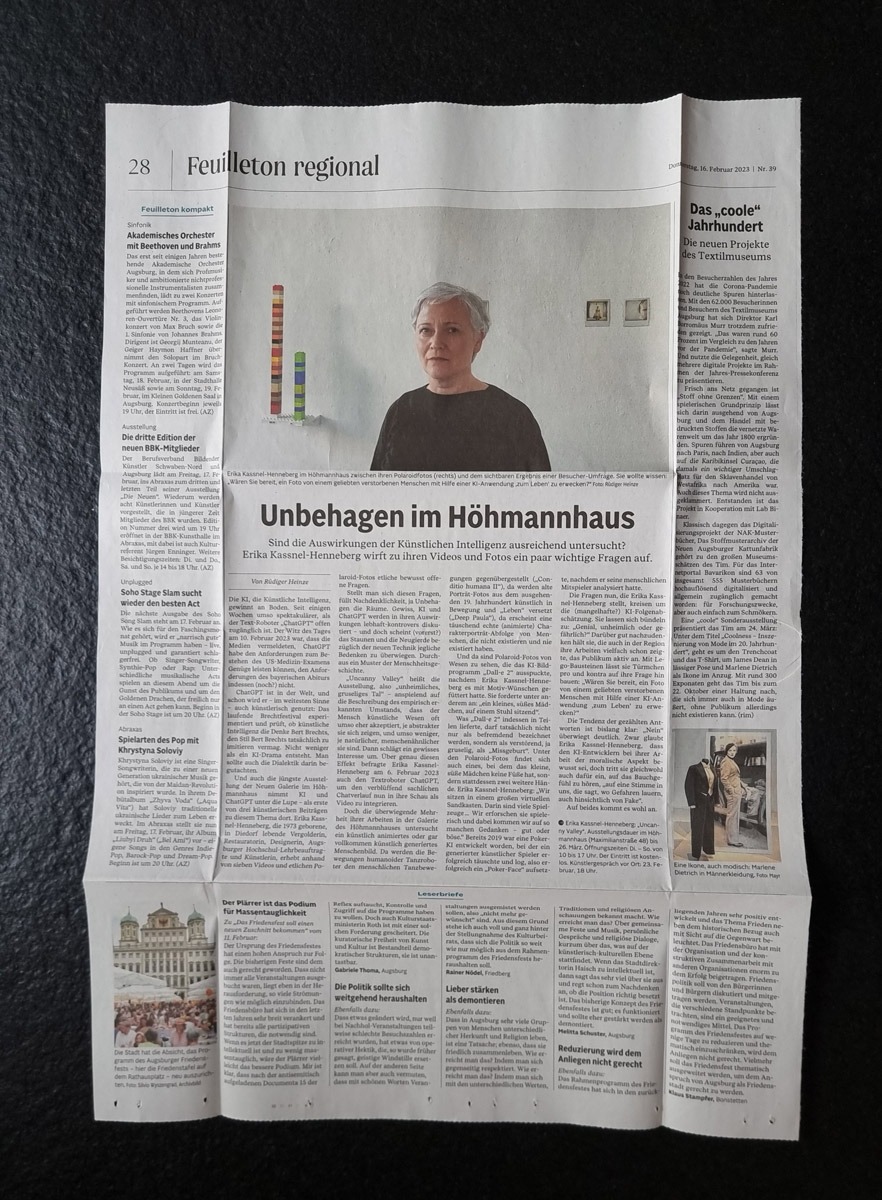
“(…) Erika Kassnel-Henneberg (…) raises a number of deliberately open questions on the basis of seven videos and several Polaroid photos. If one faces these questions, thoughtfulness, even unease fills the rooms.(…)” Rüdiger Heinze, Künstliche Intelligenz: Unbehagen im Höhmannhaus, Augsburger Allgemeine vom 16.02.2023
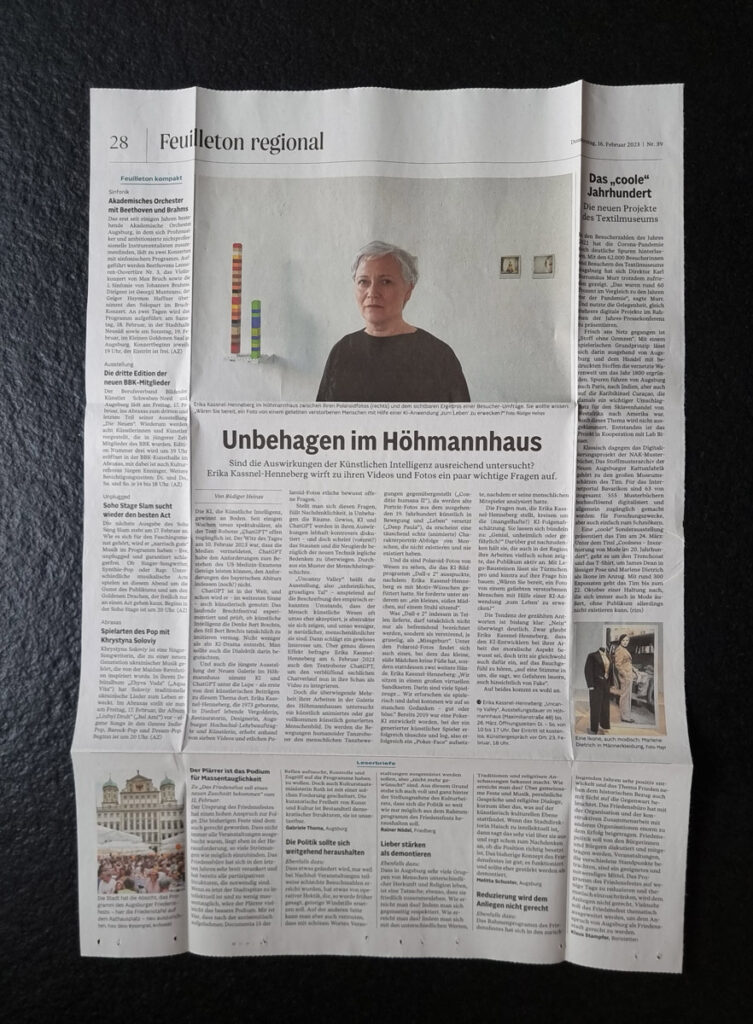
“(…)Can and may we bring people back to life through old photographs? Can we enjoy portraits of people who never existed? And do we still need people at all to perform human acts?
Erika Kassnel-Henneberg’s works do not provide answers, but they ask the right questions. (…)” Manuel Schedl, Nicht-Existenzen, A3 Kultur vom 13.02.2023
